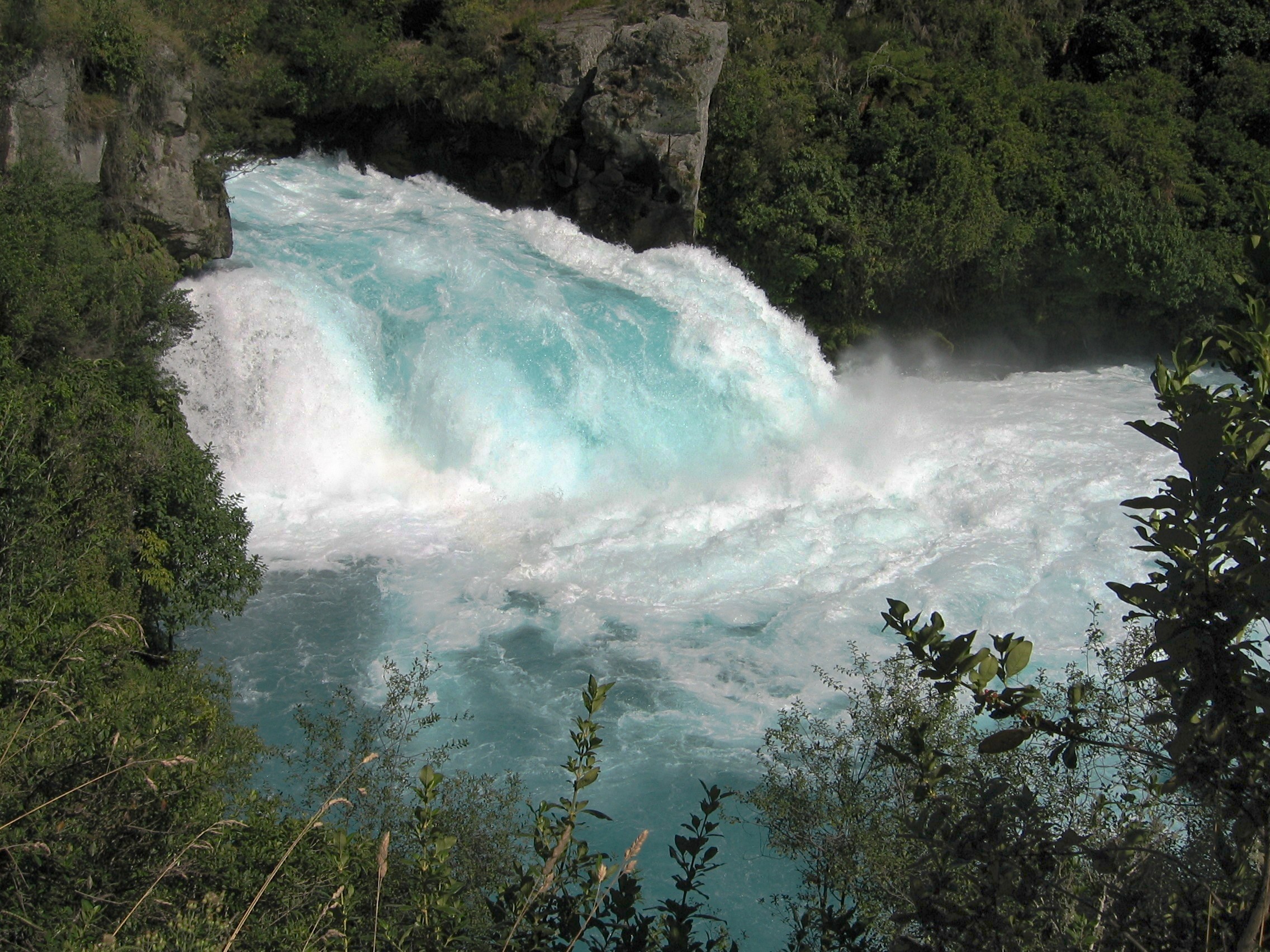Borra Caves stand as a remarkable geological marvel nestled within the Ananthagiri Hills of Araku Valley, representing a complex tapestry of natural beauty, archaeological significance, and cultural heritage. Formed over a million years by the persistent action of the Gosthani River on limestone deposits, these caves reveal an intricate landscape of stalactite and stalagmite formations that have captivated geologists, anthropologists, and visitors alike.
The caves' geological narrative is as fascinating as their visual splendor. British geologist William King first documented them in 1807, but the caves themselves are testament to millions of years of natural sculptural processes. Limestone formations within the caverns have been shaped by water's patient erosion, creating stunning architectural structures that local communities have long revered as representations of various deities.
Archaeological discoveries within Borra Caves provide compelling evidence of ancient human habitation. Stone tools dating back to the middle Paleolithic Age, approximately 30,000 to 50,000 years old, indicate that these caves were not merely a natural wonder but also a refuge for early human settlements. These artifacts offer profound insights into the technological capabilities and survival strategies of prehistoric human communities in the region.
Local tribal communities, including the Jatapu, Porja, Kondadora, Nookadora, and Valmiki, have woven rich mythological narratives around these caves. One particularly compelling legend speaks of a cow that accidentally fell through a cave opening while grazing. The cowherd's subsequent discovery of a naturally formed Shiva Lingam within the cave transformed the site into a sacred space, with a small temple emerging to commemorate this mystical event.
The caves' architectural character is defined by its raw, unmanicured natural design. Intricate limestone formations create an otherworldly landscape where stalactites and stalagmites have been imaginatively interpreted as representations of various Hindu deities. This natural sculptural complexity transforms the caves from a mere geological formation into a spiritual landscape that resonates deeply with local cultural beliefs.
Situated at an elevation of 705 meters above sea level, Borra Caves are embraced by the lush greenery of the Eastern Ghats. The surrounding dense forests and the nearby Katiki Waterfalls enhance the site's natural beauty, offering visitors not just a geological marvel but a comprehensive experience of the region's ecological diversity. Trekking opportunities and stunning panoramic views make the caves an attractive destination for nature enthusiasts and adventure seekers.
In recent years, Borra Caves have gained significant recognition as a tourist destination. Well-lit evening presentations, nearby accommodations, and local eateries have made the site more accessible to visitors from across the globe. However, the caves' true allure lies not in modern amenities but in their ability to connect visitors with a profound narrative of geological evolution, human prehistory, and cultural mythology.
The caves represent more than a geological wonder; they are a living testament to the intricate relationship between human communities, natural landscapes, and spiritual interpretations. From archaeological artifacts to tribal legends, from geological formations to spiritual symbolism, Borra Caves encapsulate a multifaceted story that continues to inspire wonder and curiosity among those who explore their mysterious depths.







